In order to pay respect to Cu Do, as well as to serve the purpose of sightseeing, research, and educating the patriotic tradition for generations, in 1999, the Ministry of Culture and Information and Ben Tre province invested in building a new temple, expanding the relic site, starting on July 1, 2000, inaugurated on July 1, 2002 with a total area of the tomb and temple of 13,000m2.
Nguyen Dinh Chieu relic site was recognized as a national historical and cultural relic by the Ministry of Culture and Information, now the Ministry of Culture, Sports and Tourism, on April 27, 1990.
On December 22, 2016, the Prime Minister signed a decision to recognize Nguyen Dinh Chieu's Tomb and Memorial Site as a Special National Monument.
The special national monument of Nguyen Dinh Chieu's Tomb and Memorial Site is located in Hamlet 3, An Duc Commune, Ba Tri District, Ben Tre Province. This is a majestic architectural complex located in an area of over 1.5 hectares, restored in 2000, including the old mausoleum built in 1972. The project includes: the three-entrance gate, the stele house, the new temple, the old temple and the tomb area.
The three-entrance gate of the mausoleum area has the traditional architectural style of Vietnamese temples and pagodas with two overlapping roofs, shaped like boats, covered with red yin-yang tiles, imitation antique bricks, on the roof and the slats, rafters, and beams are decorated with patterns, reliefs with simple lines. The three-entrance pillars are large, sturdy, painted vermillion red.
The stele house was solidly built not long ago with traditional architecture, 12m high, two-story roof. The outer wall is decorated with stylized floral patterns, the inner wall is embossed with the four sacred animals. The roof top is embossed with the brush symbol. In the middle of the house is a stone stele measuring 2.65m x 2.7m x 1.8m. The front of the stele has an essay praising the merits of Nguyen Dinh Chieu and the back summarizes his biography.
The new temple was built in 2000-2002 in the architectural style of a double-hung house. The temple is 21m high, made of reinforced concrete, but the roof is made of yin-yang tiles and the wall decorations are entirely traditional patterns with highlights expressing the nobility and purity of the patriotic poet.
The temple has two floors. The ground floor is where the images of leaders, international delegations, and people from all over the country come to pay their respects and burn incense are displayed. The upper floor is a portrait of the poet, cast in bronze, 1.6m high, weighing 1.2 tons. On the four pillars are four wooden parallel sentences, carved with elaborate patterns, including two of his poems in the work Duong Tu - Ha Mau: "Carrying so many boats is not deep / Stabbing so many wicked men, the pen is not evil". Next to that is a pair of parallel sentences of the people praising him: "Humanity and righteousness shine like the sun and moon / Literature shines like the star Khue".
On both sides of the statue are two relief panels depicting the image of Nguyen Dinh Chieu reading the eulogy for the fallen soldiers of the Six Provinces at Dap Market (Ba Tri) in 1883 and the image of the first battle of village teacher Phan Ngoc Tong leading the insurgents with primitive weapons to fight the French in Giong Gach (An Hiep) when they marched to encroach on Ba Tri land on the night of November 17, 1868.
The old temple was built in 1972 with a two-story roof, covered with yin-yang tiles, with a total area of 84 square meters. The temple's roof is decorated with stylized dragon and cloud patterns. Inside is the altar. The two main pillars are embossed with two verses like in the new temple, in the work Duong Tu - Ha Mau. In addition, there are images and documents about leaders, insurgents and some anti-French movements of the people of Cochinchina in the late 19th century.
To the left of the memorial house is the tomb of Mr. Do and his wife. Nearby is the resting place of poetess Nguyen Thi Ngoc Khue (Suong Nguyet Anh), the poet's daughter. She was one of the most famous poets and journalists. Editor of the first women's newspaper in Vietnam, Nu Gioi Chung.
The relic site's structures are harmoniously arranged in a green space with large gardens planted with many types of ornamental plants, bringing a sense of relaxation to visitors.
Traveling to Ben Tre to visit Nguyen Dinh Chieu's tomb, listening to stories about his life and career and reciting the poems of Do Chieu, many tourists feel nostalgic, as if hearing the deep love for the country of the talented and virtuous ancestors of the past echoing back.
Mentioning Mr. Do Chieu, literature lovers immediately remember a phenomenon of Vietnamese literature in the 19th century, one of the pioneers of patriotic literature, at the same time marking an important development step of culture in general and written literature in particular in the six provinces of the South.
Nguyen Dinh Chieu was born on July 1, 1822, in Tan Thoi village, Binh Duong district, Gia Dinh province) now Cau Kho ward, District 1, Ho Chi Minh City. He passed the bachelor's exam in 1843. In 1849, while in Hue waiting for the Hoi exam, he heard that his mother had passed away and returned to mourn. Because of mourning for his mother, he became blind in both eyes. After that, he opened a school to teach, practiced medicine and wrote poetry and literature.
In 1859, when the French occupied Gia Dinh citadel, Nguyen Dinh Chieu returned to his wife's hometown in Can Giuoc, Long An province. Here, Nguyen Dinh Chieu wrote the famous "Elegy for the Martyrs of Can Giuoc", passionately praising the heroic spirit of sacrifice for the Fatherland of ordinary farmers.
In 1862, he moved to An Duc village, Bao An commune, Vinh Long province (now Ba Tri district, Ben Tre province). Here, he continued to teach students, prescribe medicine to treat people, and at the same time maintained close ties with patriotic scholars. Here, despite all bribery tactics, he remained resolute in not cooperating with the enemy, continuing to use poetry and literature as weapons to help encourage people to fight the enemy. On May 24, Mau Ty year (July 3, 1888), Nguyen Dinh Chieu passed away. Many people from Ba Tri, along with friends, students, and descendants, came to see him off.
His famous works are the poetic narratives Luc Van Tien, Duong Tu - Ha Mau, Ngu Tieu Y Thuat Van Dap, Van Te Truong Dinh, ... Indeed, his works not only had a profound influence and had a strong vitality in the hearts of the people at that time but also remained until now. With his talent and will to rise up, he became a shining symbol of patriotism and chivalry of the people of the South in particular and the Vietnamese people in general. With a sharp pen, his poems and literature denounced the crimes of the French invaders, criticized the kings and mandarins who sold the country for glory, praised the uprisings of the insurgents, and kept the heart of patriotism and love for the people intact.
In 1990, his tomb was recognized by the state as a national historical and cultural relic. In 2017, the relic continued to be recognized as a special national cultural and historical relic by the Ministry of Culture, Sports and Tourism.
Although not born in Ben Tre, but having spent most of his life living and working in this land, poet Nguyen Dinh Chieu has created influence, love and respect from the people here. Every year on July 1, his birthday, it has become a traditional cultural festival of Ben Tre people to commemorate the most patriotic poet of the South. The festival has many rich programs such as: incense offering ceremony, reading funeral oration, reciting Van Tien poetry, Luc Van Tien - Kieu Nguyet Nga costume contest, excerpts from Luc Van Tien - Kieu Nguyet Nga reformed opera, ram xoi festival contest, death anniversary meal, tug of war, sack jumping, pot smashing... The festival is an opportunity to review the patriotic tradition of the nation for today's and tomorrow's young generations to follow, learn about the career, ideological values, personality, ethics of the teacher, doctor and patriotic poet Nguyen Dinh Chieu. This is also an opportunity for tourists to come and have fun, relax, learn about culture and express deep gratitude to their ancestors.


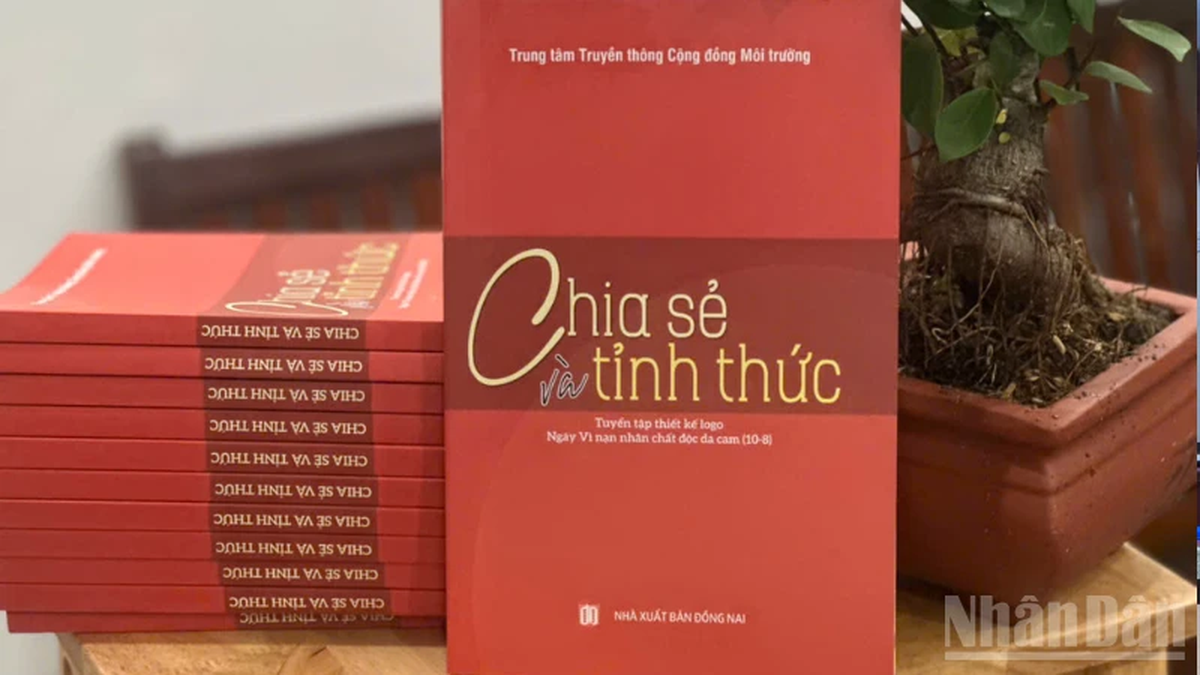
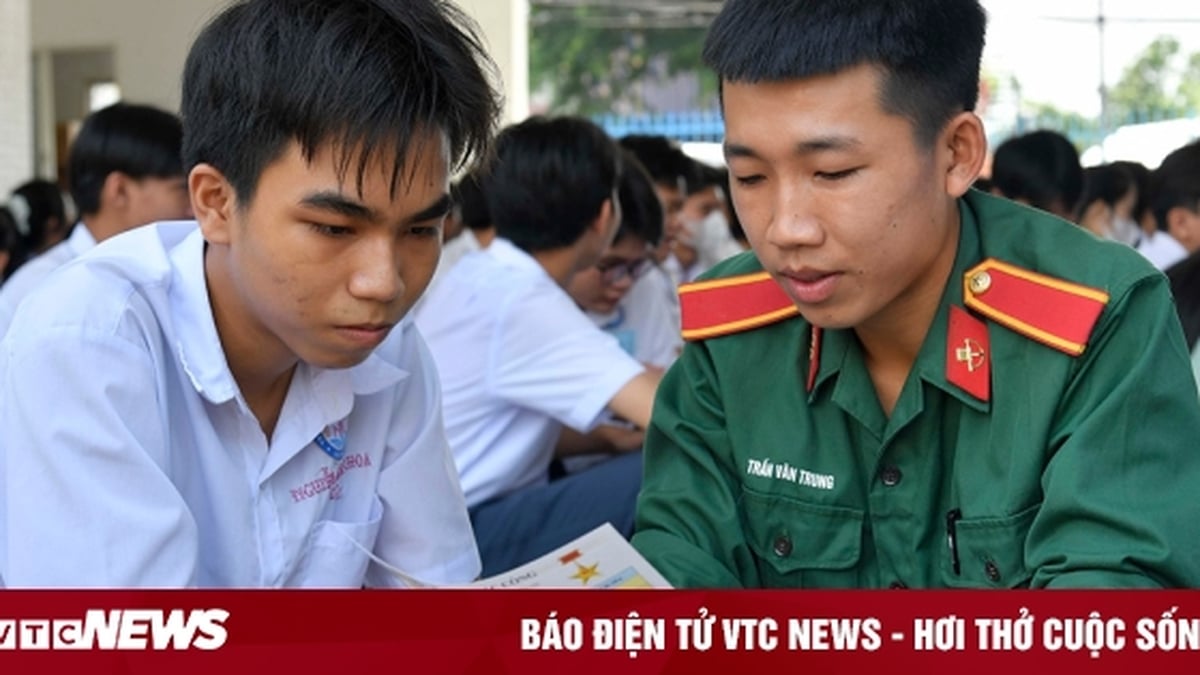






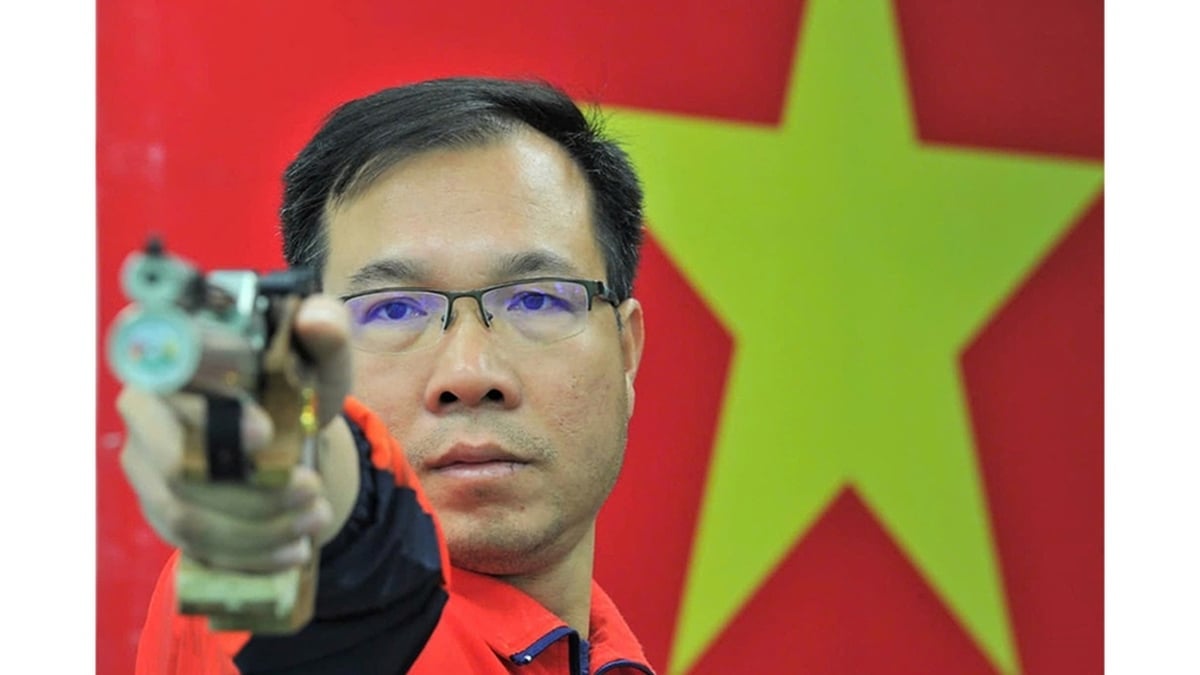
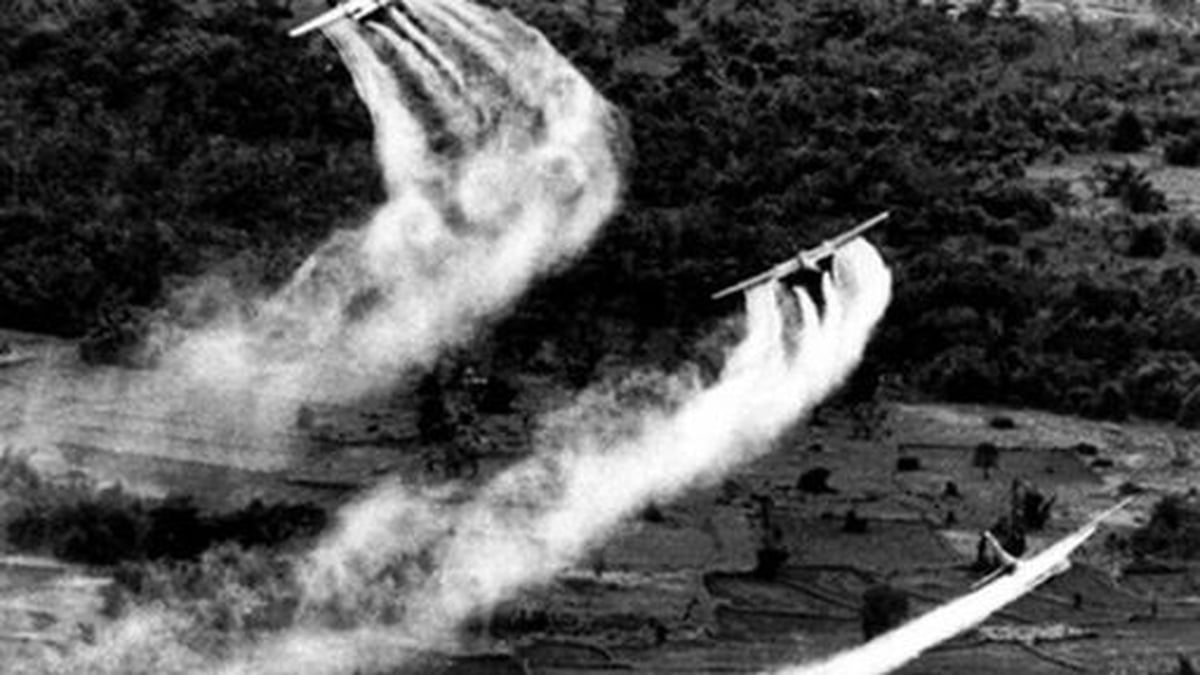










![[Photo] Nghe An: Provincial Road 543D seriously eroded due to floods](https://vphoto.vietnam.vn/thumb/1200x675/vietnam/resource/IMAGE/2025/8/5/5759d3837c26428799f6d929fa274493)

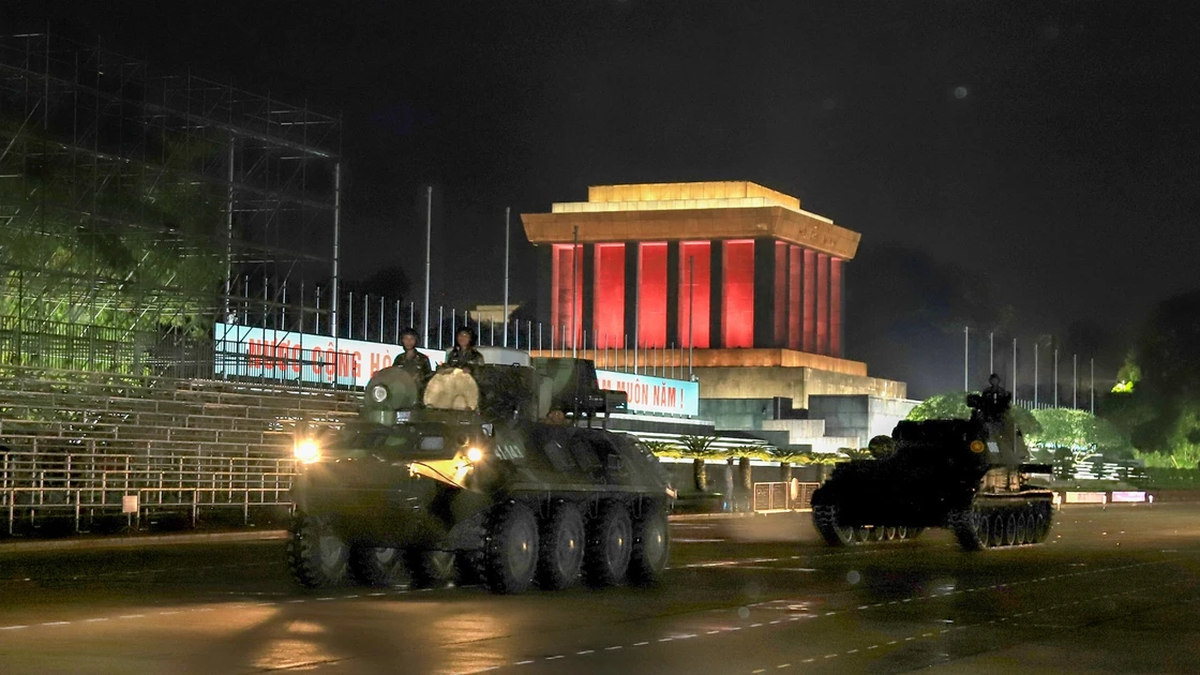

![[Photo] Discover the "wonder" under the sea of Gia Lai](https://vphoto.vietnam.vn/thumb/1200x675/vietnam/resource/IMAGE/2025/8/6/befd4a58bb1245419e86ebe353525f97)

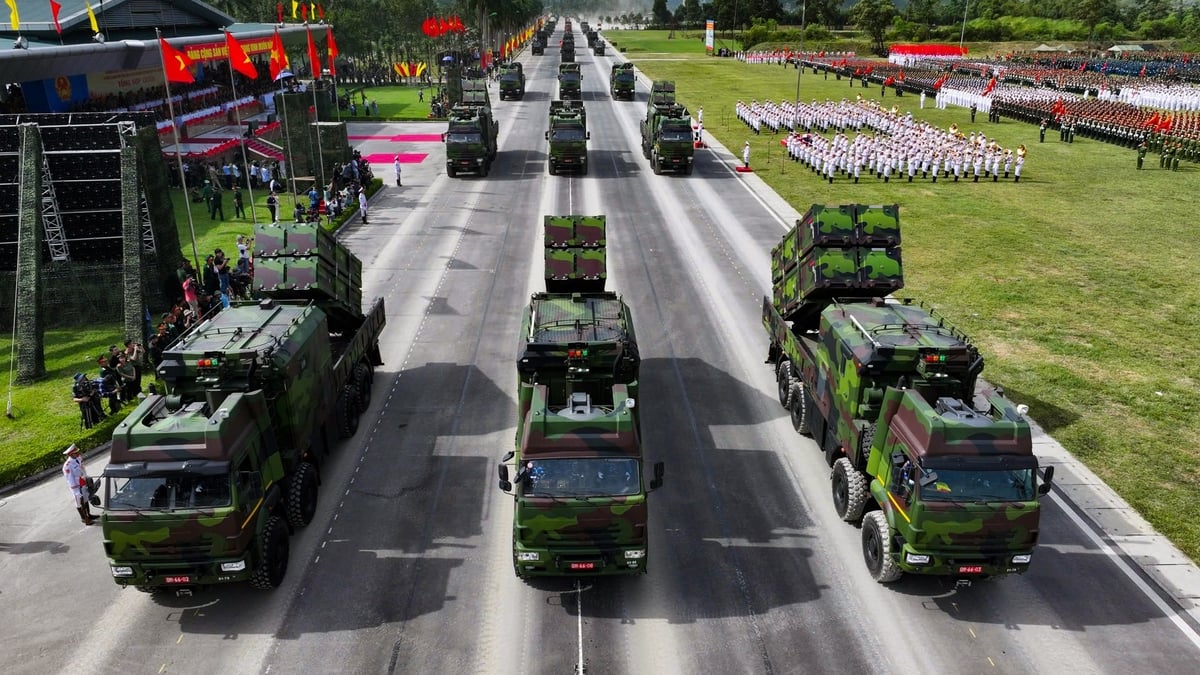
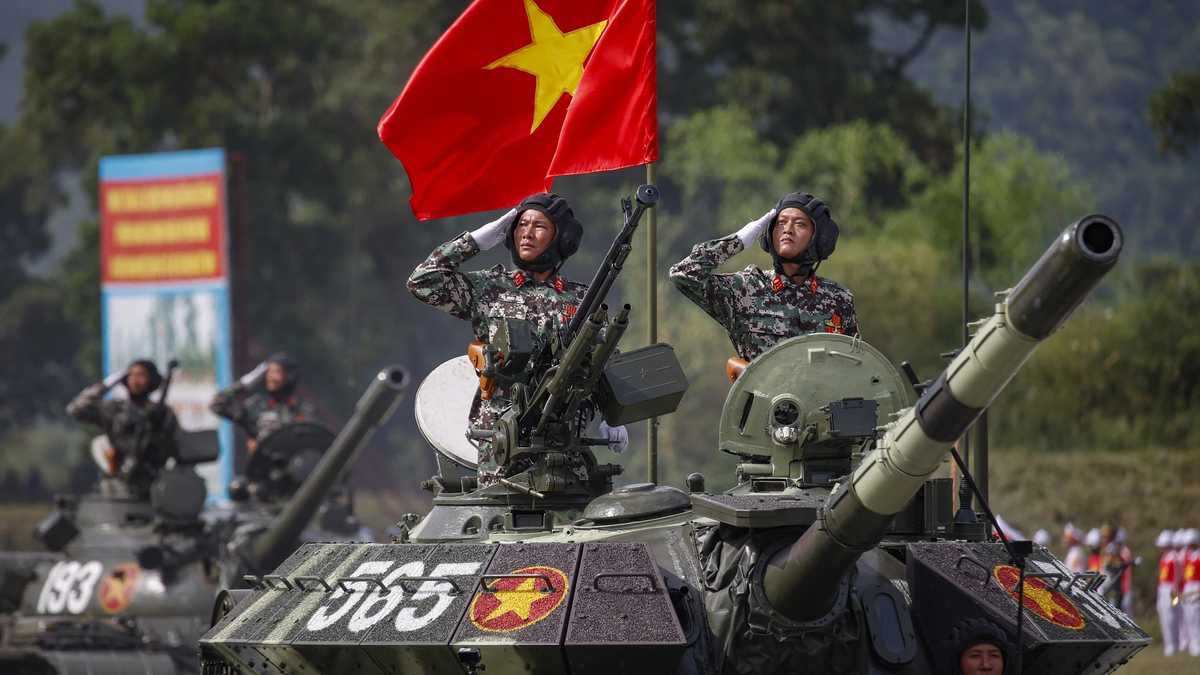
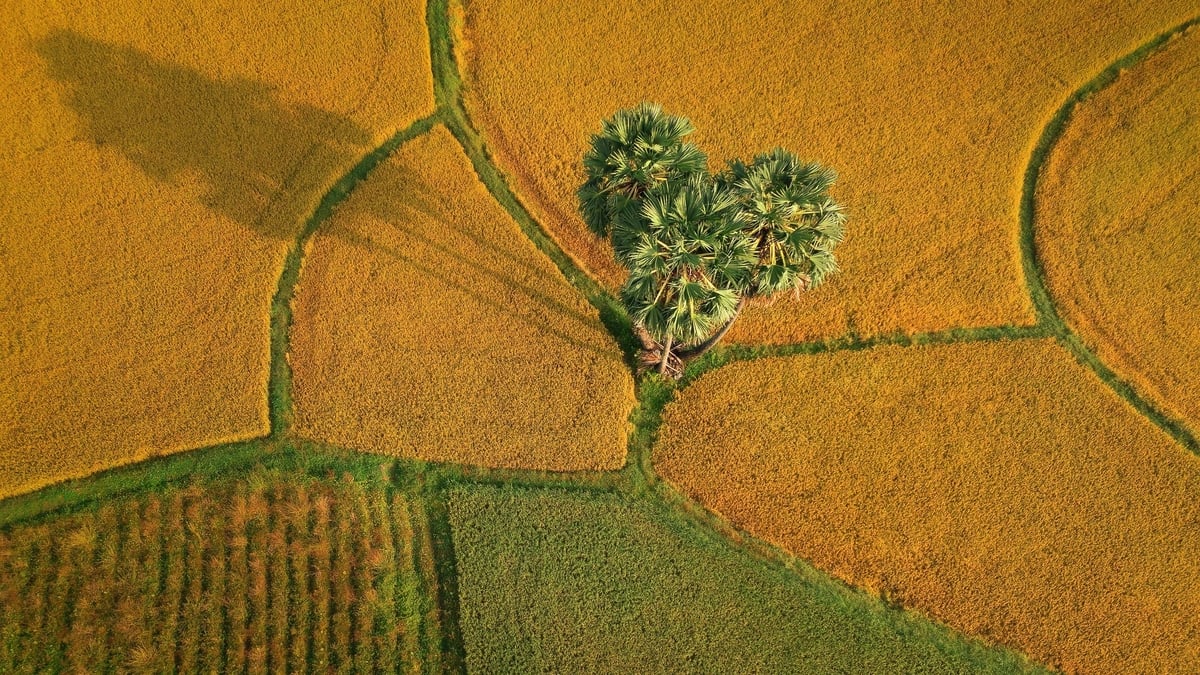

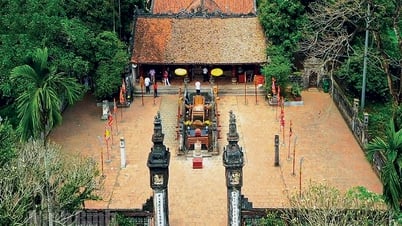

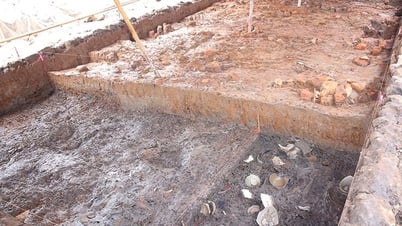

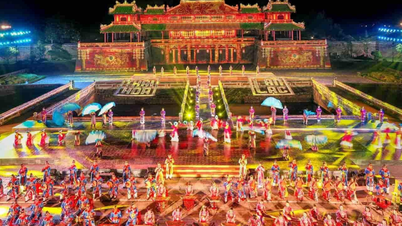


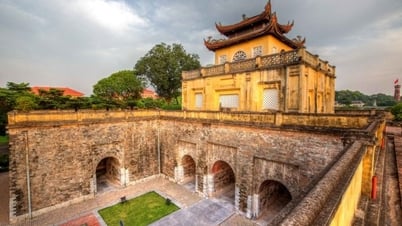

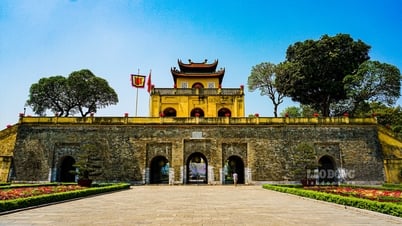

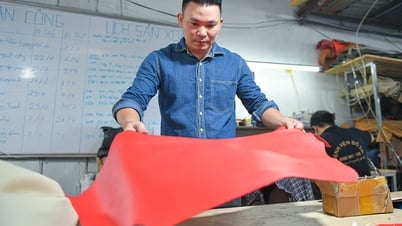

















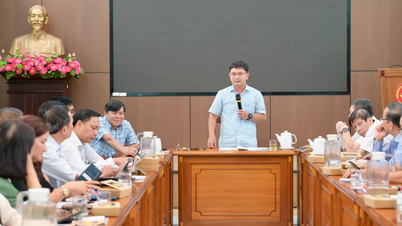







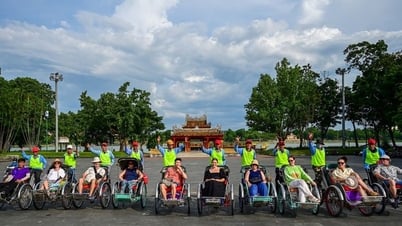

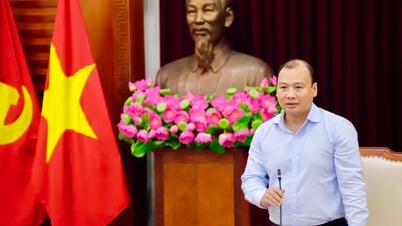









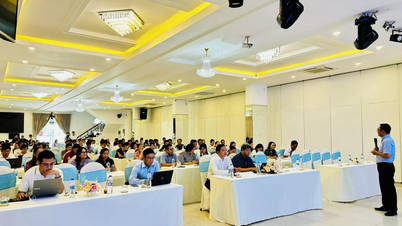


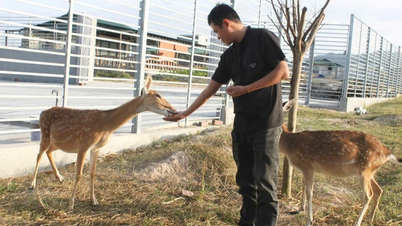






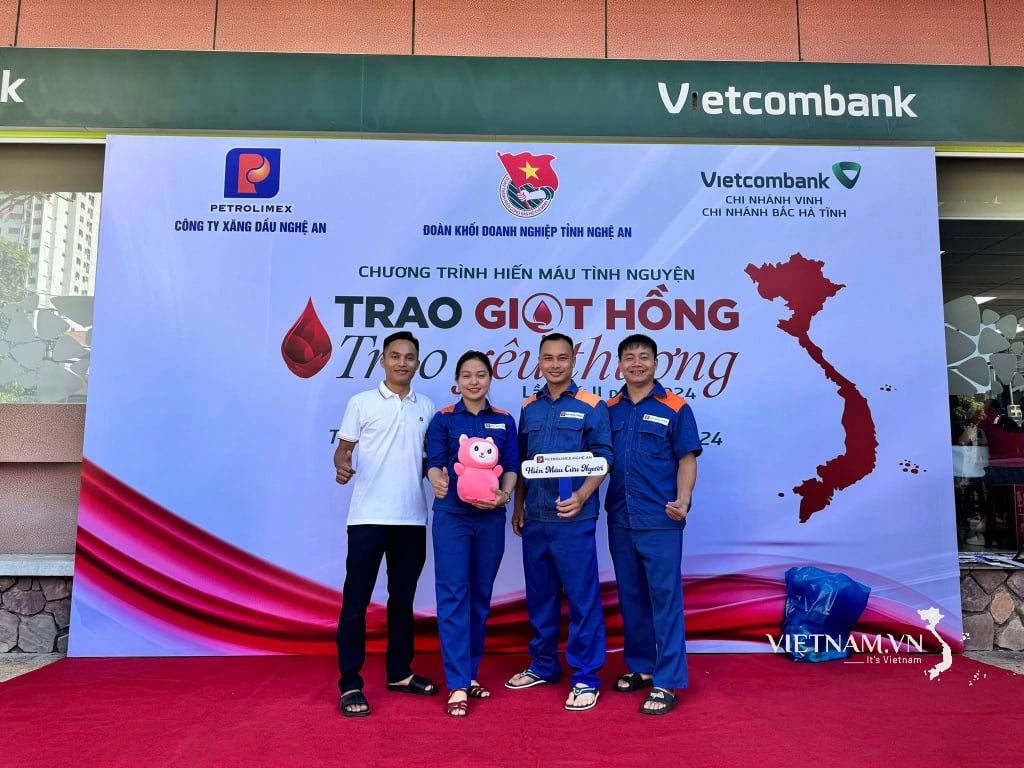

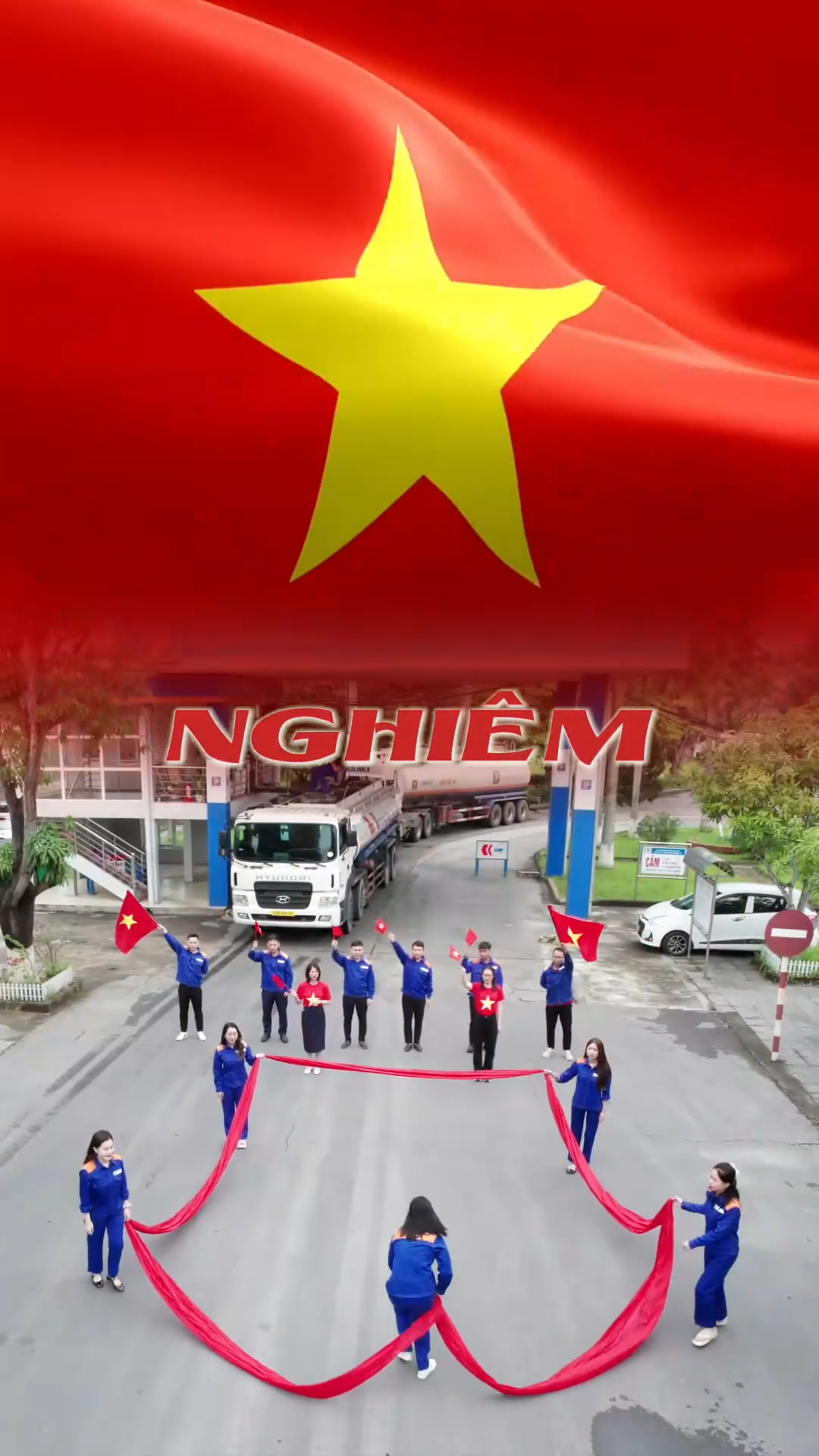
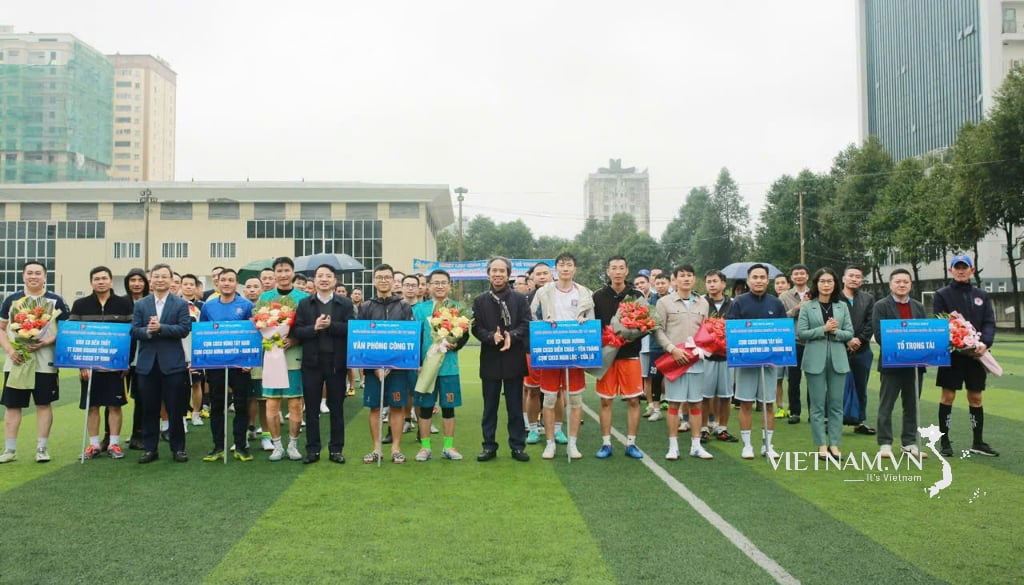
Comment (0)